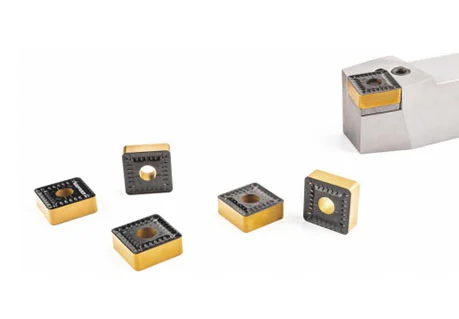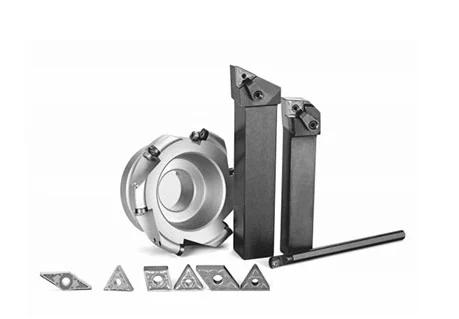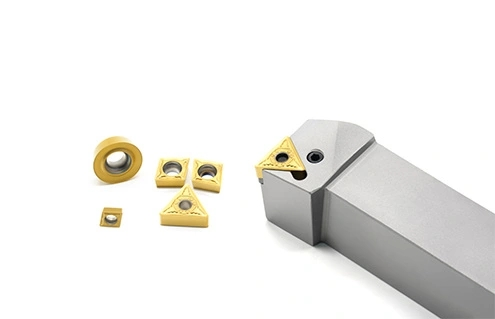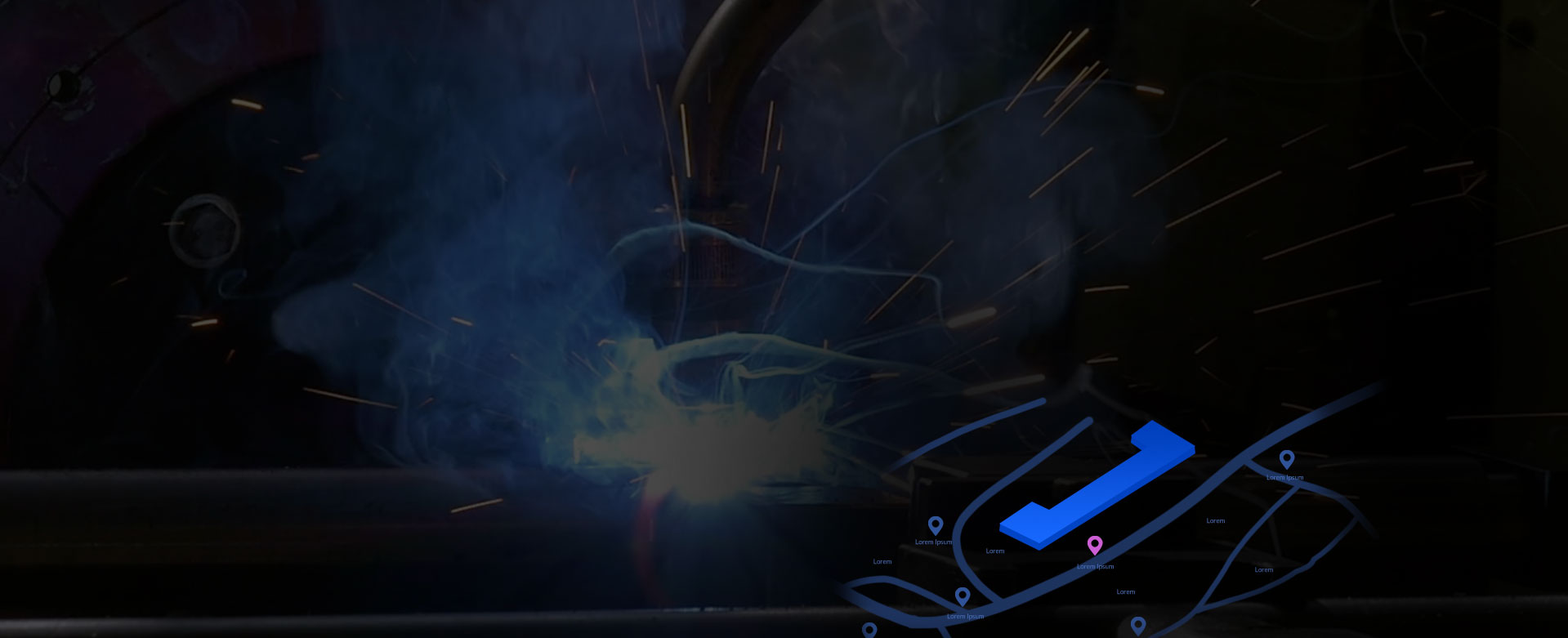
WHAT ARE YOU LOOKING FOR?
CYCT’s cermet inserts combine the hardness of ceramics with the toughness of metals, offering excellent wear resistance and surface finish. These inserts are perfect for high-speed machining and extended tool life, ensuring precision and durability. Our range includes cermet turning inserts and cermet milling inserts, designed for demanding machining tasks. Additionally, our cermet turning inserts provide superior performance in turning operations, making them ideal for achieving high-quality results.
Cemented carbide edge is sharp, material hardness is high, and it is relatively brittle. Large force can cause brittle fracture and damage.
Chips are inevitably generated in the cutting process. Operators must wear protective clothing, protective glasses and other labor protection articles.
The density of cemented carbide is high. The handling and storage shall be treated as heavy objects and handle with care.
Hard alloy tools shall be stored in a dry and non-corrosive atmosphere.
The thermal expansion coefficient of cemented carbide is different from that of steel. Welding shall be carried out at appropriate tempera-ture to avoid welding
cracks caused by concentrated stress.
In order to improve the service life of the machine tool and cutting tool, please select the cooling mode correctly.
Do not continue to use the tool with cracks during processing and production.
Please recycle and keep the worn and replaced cemented carbide tools and fragments to avoid injury caused by others.

Ceramics is a hard and brittle material that is obtained by burning nonmetallic minerals and rocks at a high temperature. On the other hand, cermet is considered a composite material as it is made up of both ceramic and metals, such as cobalt and nickel.

1. Material Compatibility:
Workpiece Material: Ensure the cermet insert is compatible with the material you are machining. Cermet inserts are particularly effective for finishing operations in steels, stainless steels, and cast irons.
2. Application Type:
Finishing vs. Roughing: Cermet inserts are best suited for finishing operations due to their ability to produce excellent surface finishes. For roughing operations, other types of inserts like carbide may be more appropriate.
3. Cutting Parameters:
Cutting Speed: Cermet inserts perform well at high cutting speeds. Check the manufacturer’s recommendations for optimal cutting speeds to maximize performance.
Feed Rate and Depth of Cut: Select appropriate feed rates and depths of cut based on the specific machining operation and the insert’s capabilities.


Your Success Starts with a Click: Contact Us Now!